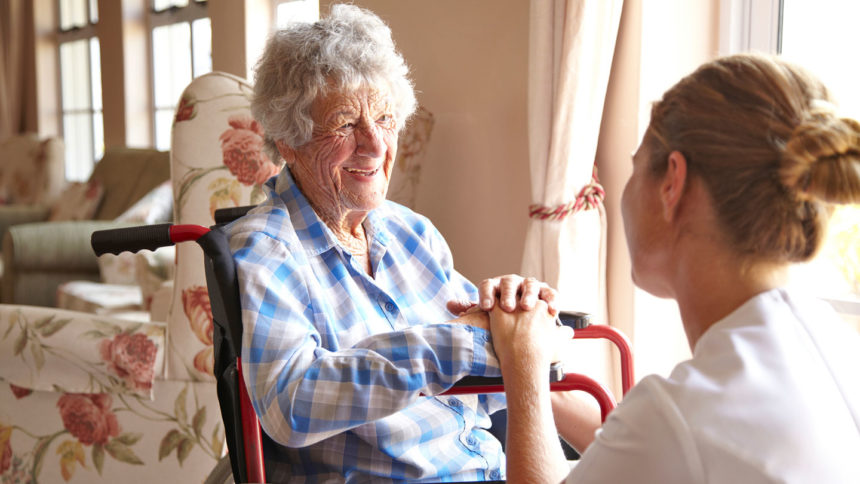
The results of several studies presented at the European Society of Cardiology Congress in London have implications for you and your residents.
-
Too much TV can be bad. People who watch television for prolonged periods of time have a higher risk of fatal pulmonary embolism, according to research from Osaka University in Japan. Those who watch an average of five or more hours of television per day had twice the risk of fatal pulmonary embolism as those watching less than two and a half hours daily, investigators found.
-
Midday naps are good. Midday naps are associated with reduced blood pressure levels and the prescription of fewer high blood pressure medications, according to research out of Asklepieion Voula General Hospital in Athens, Greece. “We found that midday sleep is associated with lower 24 hour blood pressure, an enhanced fall of BP in night, and less damage to the arteries and the heart,” Manolis Kallistratos, MD, PhD, said in a statement. “The longer the midday sleep, the lower the systolic BP levels and probably fewer drugs needed to lower BP.”
-
When CPR is beneficial—and when it is not. When cardiac arrest occurs outside of a hospital, CPR should be performed for at least 35 minutes, according to a study by researchers at Kanazawa University Hospital in Japan. CPR should be begun as soon as possible, because the probability of survival declines with each minute of CPR, according to the study. The researchers found no benefit from CPR performed for more than 53 minutes.
-
Temperature affects heart. Cold weather is associated with a higher risk of severe heart attack, according to research from the University of Manitoba in Winnipeg. The six-year study found that each 10° C drop in temperature was associated with a 7% increased risk of the most severe form of heart attack. Daily temperature can predict the risk one or two days before the heart attack occurs.
-
Weather, pollution affect heart. Pollution and weather influence outcomes after a heart attack, according to research presented from the Medical University of Silesia in Zabrze, Poland. The researchers found that patients were admitted for some types of heart attacks on warmer, sunnier, drier and windy days with higher carbon monoxide and ozone air concentrations; some treatments frequently were more successful when the weather was sunnier and less windy but colder and with lower concentrations of ozone, carbon monoxide and nitric oxides; and higher in-hospital and one-month mortality was observed on colder, more sunny and less windy days.



